The 2019 Porsche 911 GT3 RS: Track Ready, Street Legal

Porsche created a small problem for itself when it released the updated 911 GT3. The model was just as powerful as the current RS version of the car. While the race-focused model maintained its edge just about everywhere else, Porsche knew it looked bad on paper. An upmarket model should have upmarket specs across the board.
Fortunately, the company solved its problem by making the new 911 GT3 RS the most powerful naturally aspirated Porsche ever to grace public roads.
Its 4.0-liter flat-six now puts out 520 horsepower and 346 lb-ft of torque. This helps it rush to 60 mph in just three seconds flat, which is 0.1 seconds quicker than the outgoing RS. However, the best addition to the car has to be the NACA ducts on the hood. The GT3 RS isn’t exactly a subtle-looking vehicle, and the aero inlets add further visual flare while reducing drag and improving brake cooling.
That heat management helps go toward bringing the RS back from it’s top speed of 193 mph swiftly and predictably. Sure, it doesn’t crest the 200 mph mark like some other high-performance models in its price range but it’s not exclusively about blasting down the expressway at high speeds. Instead, Porsche is providing a street-legal maniac that’s optimized for track use. The Euro-spec car can even come equipped with a roll bar. Of course, that won’t make revving the 911 up to its 9,000 rpm redline any less fun on a stateside highway onramp.
It’s easy to get fixated on a vehicle’s engine, but Porsche has also given the RS a chassis to die for. Rear-wheel steering has returned to the model, along with some upgrades the automaker promises will further improve handling. Also present is Porsche’s active suspension management system, active engine mounts, and fully variable electronic locking rear differential with torque vectoring. The brakes come in two flavors: cross-drilled grey cast iron rotors measuring 380 mm (15 inches), or an optional ceramic composite setup with 410 mm (16.1-inch) rotors at the front and 390 mm (15.4-inch) rotors at the rear.
The interior is distinctively RS, meaning there isn’t much there in terms of creature comforts. But buyers won’t mind some missing features as they are paying for lightness. Back seats are gone, rear and side windows are made of lighter glass than on a standard 911, and the door pulls have been replaced with lightweight vinyl loops. There’s also less sound insulation. It not totally devoid of niceties, however. Climate control remains available and the seats look supportive.
If that’s not enough, Porsche is offering an optional Weissach Package that replaces the roof, sway bars, steering wheel trim and paddles shifters with carbon fiber variants. That translates to additional 13 pounds of weight savings for only an extra $18,000. For another $13,000 the GT3 RS can also be had with magnesium wheels — saving another 25 pounds.
Alright, so it’s very expensive. The base model starts at $187,500, plus another grand for delivery. But you’re getting a upgraded performance all-star with some visual touches the outgoing model lacked. In addition to the NACA inlets, Porsche gave the 2019 exposed carbon fiber on the trunk lid and fenders and a new set of tail lamps. Compared to some of its rivals, the RS looks to be a bargain… relatively speaking, of course.
The only real drawback is the complete absence of a manual transmission — which is nothing new. Fortunately, Porsche’s dual-clutch PDK transmissions are always phenomenal and the manufacturer specifically tuned the standard seven-speed for this car.
Orders for the 2019 GT3 RS have already begun and deliveries should begin in the fall. However, if you just can’t wait to see one, it’ll also be on display at the Geneva Motor Show in March.
[Images: Porsche]

A staunch consumer advocate tracking industry trends and regulation. Before joining TTAC, Matt spent a decade working for marketing and research firms based in NYC. Clients included several of the world’s largest automakers, global tire brands, and aftermarket part suppliers. Dissatisfied with the corporate world and resentful of having to wear suits everyday, he pivoted to writing about cars. Since then, that man has become an ardent supporter of the right-to-repair movement, been interviewed on the auto industry by national radio broadcasts, driven more rental cars than anyone ever should, participated in amateur rallying events, and received the requisite minimum training as sanctioned by the SCCA. Handy with a wrench, Matt grew up surrounded by Detroit auto workers and managed to get a pizza delivery job before he was legally eligible. He later found himself driving box trucks through Manhattan, guaranteeing future sympathy for actual truckers. He continues to conduct research pertaining to the automotive sector as an independent contractor and has since moved back to his native Michigan, closer to where the cars are born. A contrarian, Matt claims to prefer understeer — stating that front and all-wheel drive vehicles cater best to his driving style.
More by Matt Posky
Latest Car Reviews
Read moreLatest Product Reviews
Read moreRecent Comments
- Michael Gallagher I agree to a certain extent but I go back to the car SUV transition. People began to buy SUVs because they were supposedly safer because of their larger size when pitted against a regular car. As more SUVs crowded the road that safety advantage began to dwindle as it became more likely to hit an equally sized SUV. Now there is no safety advantage at all.
- Probert The new EV9 is even bigger - a true monument of a personal transportation device. Not my thing, but credit where credit is due - impressive. The interior is bigger than my house and much nicer with 2 rows of lounge seats and 3rd for the plebes. 0-60 in 4.5 seconds, around 300miles of range, and an e-mpg of 80 (90 for the 2wd). What a world.
- Ajla "Like showroom" is a lame description but he seems negotiable on the price and at least from what the two pictures show I've dealt with worse. But, I'm not interested in something with the Devil's configuration.
- Tassos Jong-iL I really like the C-Class, it reminds me of some trips to Russia to visit Dear Friend VladdyPoo.
- ToolGuy New Hampshire
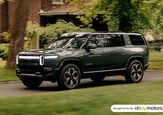
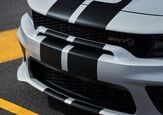
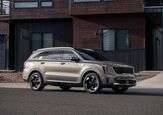
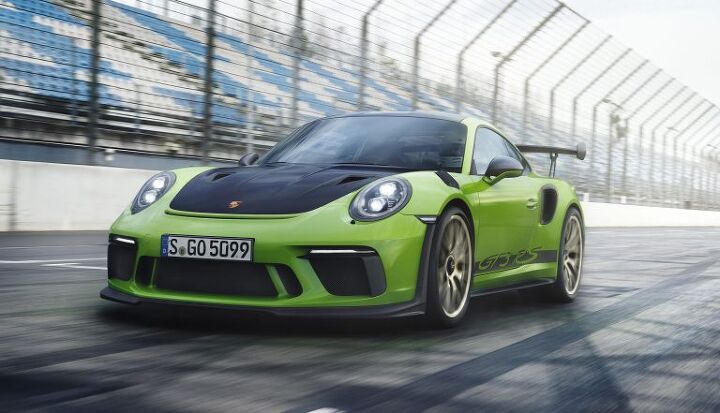








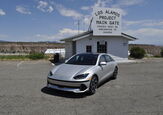
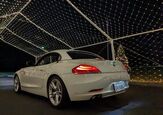








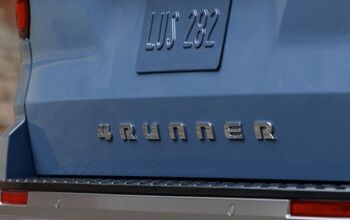
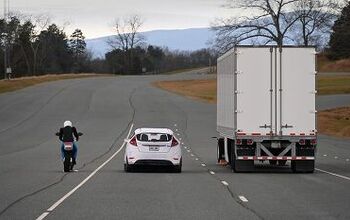
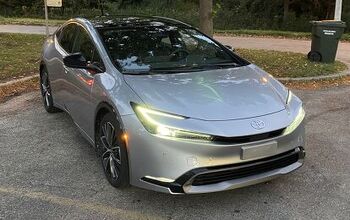
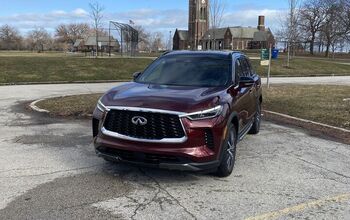
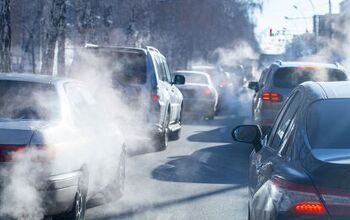
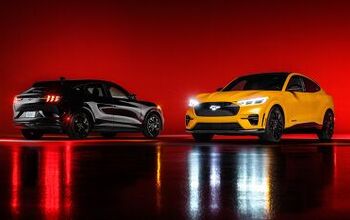
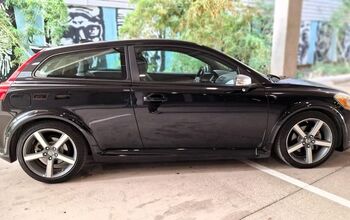

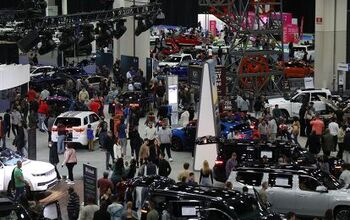
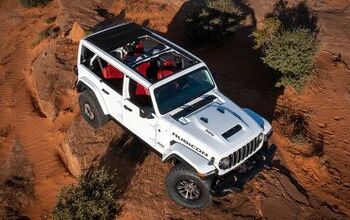
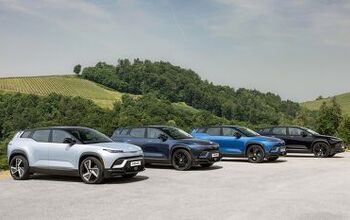
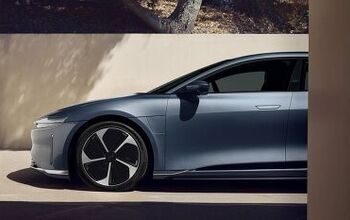

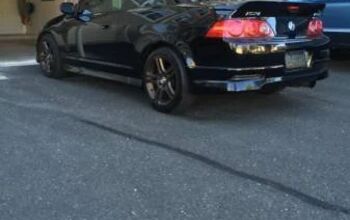

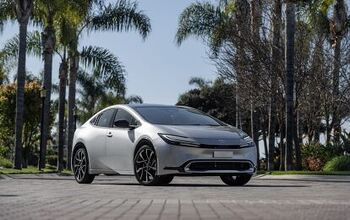
Comments
Join the conversation
25 years ago i had an SHO. The Yamaha engine was good for 9,000 rpm easily but was redlined (and governed IIRC) at 7,000 to protect the water pump, alternator, power steering pump and.... Street cars have to consider the accessories too.
>>> making the new 911 GT3 RS the most powerful naturally aspirated Porsche ever to grace public roads